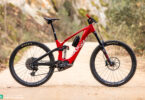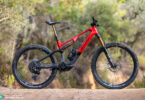To truly understand what led E-MOUNTAINBIKE Magazine to where it is today, you have to turn the dial back more than five years. It has taken brave steps, accusations of heresy, and a spontaneous decision to alter the magazine’s strategy to get to where we are today.

Back in 2011 you’d still have found us riding e-bikes around the world, from Barcelona to St Tropez, or even Shanghai. But it was different back then – we were on the streets, not the trails. The magazine we ran was called DOWNTOWN, and it focussed on e-bikes and an urban lifestyle. Its trend-setting approach to urban e-bikes, with great imagery and style at its core, helped boost their street cred. In 2012 we set up ENDURO Mountainbike Magazine, which has evolved into one of the world’s leading bike magazines today.



The ‘we’ that we’re referring to used to entail a small, independent team of 5 people – a start-up that got on its feet thanks to 6,000 euros from grandparents. Building on that, we received additional support from visionaries within the industry, people who’d caught the bug for our enthusiasm and ideas, and wanted to be part of a new, progressive generation of media.
From downtown to the mountains
Whilst DOWNTOWN received very positive feedback from industry and readers alike, we faced one problem: urban mobility is, quick frankly, not the sort of hobby that makes you devour article after article. Despite being profitable we knew something had to change. In 2013 DOWNTOWN Magazine morphed into E-MOUNTAINBIKE Magazine– a bold decision that was taken after visiting CUBE in Waldershof, Germany. They wanted to show us something ‘confidential’, and after signing the non-disclosure agreement CUBE showed us their very first eMTB and asked us if we thought these could be a trend that would take off in the future. A few months before, we’d already ridden the first generation model of the Haibike XDURO at the Design & Innovation Award 2013. These were the two significant moments that lit the spark for our radical change in direction, and, while these bikes were light years away from today’s crop of eMTBs, the potential was obvious to us. With our knowledge and expertise from DOWNTOWN and ENDURO Magazine, we had the confidence that we could make the move and help shape and develop this market – let’s do this!
Here’s an extract from our original launch concept for E-MOUNTAINBIKE Magazine from 2013.
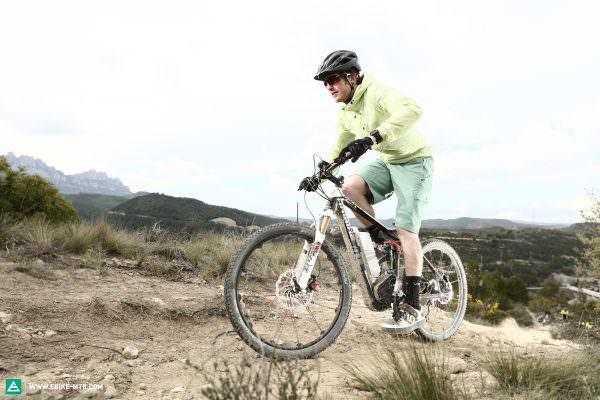
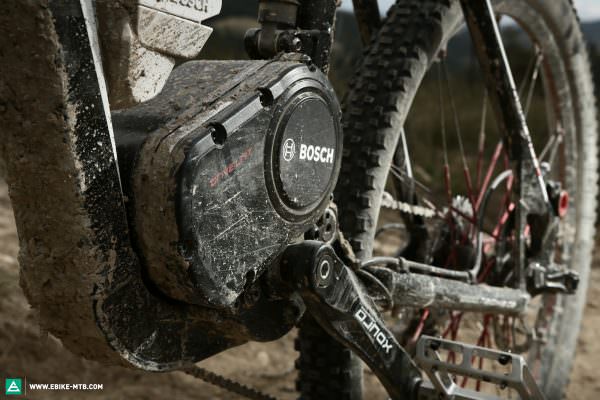
Vision
Sometimes you just have to change your way of thinking to create something new.The same way Apple created an entirely new niche market with their iPad, eMTBs will open up their very specific market segment too. EMTBing has all the credentials to become the new summer-equivalent of skiing. E-Bikes are the best way to promote the mountain biking experience and secure a high acceptance for the sport itself. It’s not about creating a new high-class sport-discipline, it’s about promoting mountain biking as a leisure and wellness experience.
And that’s exactly why creating the first ever eMTB Lifestyle Magazine
Target audience
The E-Tourism is booming. This is why we’re reaching out to the “young at heart” – regardless of their age. This means people who choose a certain lifestyle and have high expectations when it comes to life quality. Wellness, good living and work-life balance are very important topics amongst the well-heeled, sporty target group aged 30-65. And reconciling work, family and leisure is crucial too. Like your classic 1 or 2 week ski holiday in the Alps a summer holiday on an eMTB is totally compatible with both family and work.
eMTBs open up completely new target groups!
That still rings true today and the concept is more relevant than ever considering the rapidly growing market of those who use eMTBs as their daily SUV and status symbol. But back then, it wasn’t as clear-cut, and, unlike our other project, ENDURO Mountainbike Magazine, there was a much slower uptake when it came to E-MOUNTAINBIKE. While ENDURO was getting an extraordinary reception at an extraordinary speed (perhaps thanks to Facebook’s algorithm loving our content) with as many as 5,000 new Facebook fans per week over a period of several months, the market for E-MOUNTAINBIKE, wasn’t quite there yet. It seemed restricted to a handful of early adopters and a small number of bike manufacturers, led by Haibike and CUBE.
The market was restricted to only a handful of manufacturers
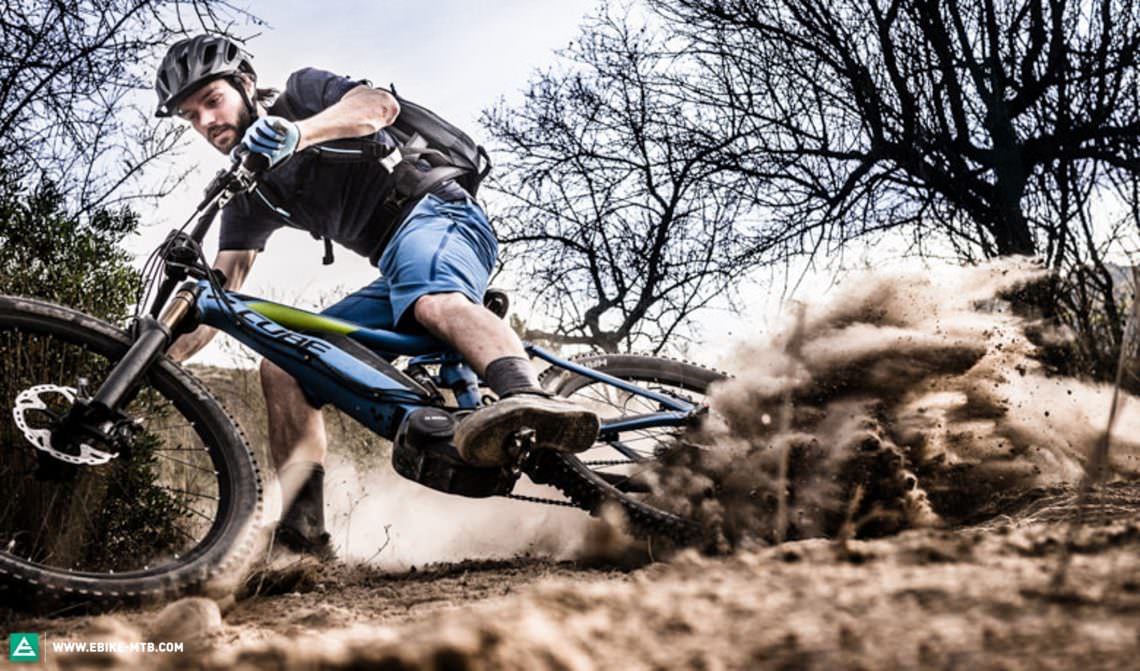
Traitor or visionary?
At times, we were met with a pretty hostile reaction and subjected to a lot of criticism when it came to our open-minded stance on eMTBs. This negativity didn’t stop us from pursuing our vision, and we continued to funnel investment in E-MOUNTAINBIKE Magazine for the first three years. What convinced us? If something is fun, it’ll come out on top, and eMTBs, quite frankly, are a hell of a lot of fun. Everything pointed against quitting: the logic behind our vision; the enormity of the potential; and the anticipation of what, and who, it could lead to in the future.
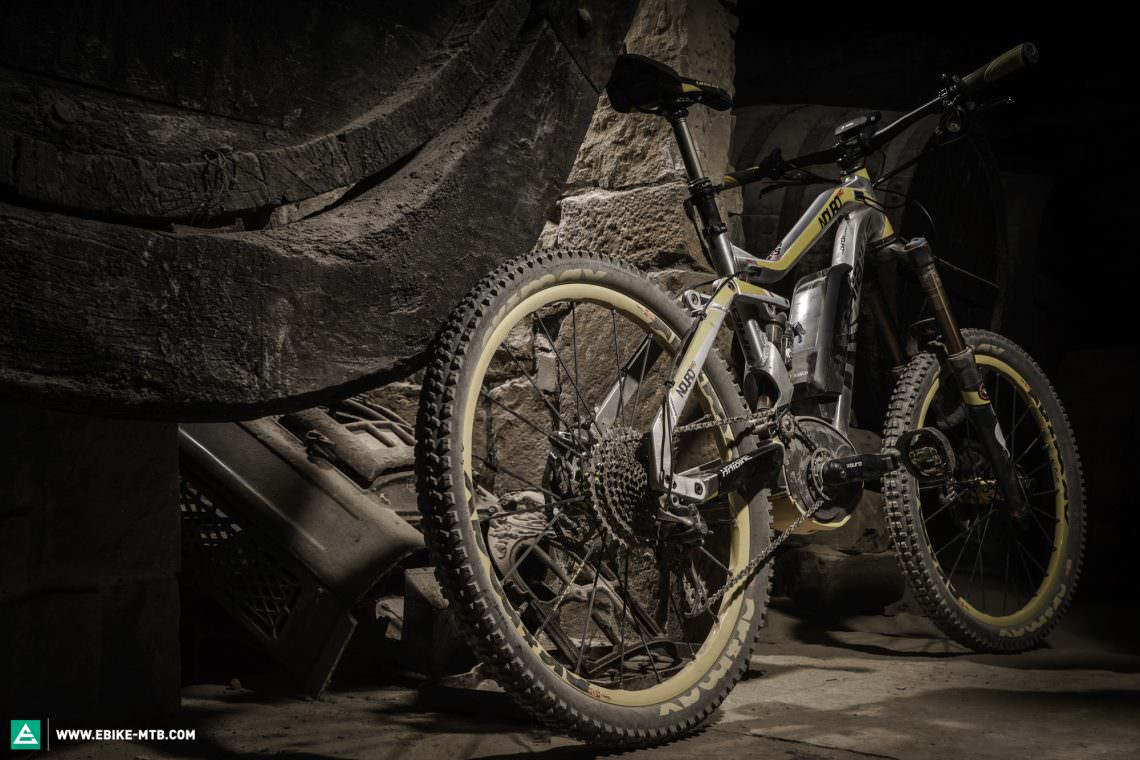
Changing the course and the logo
A clever captain plans a route, but always allows for a degree of flexibility based on unforeseen conditions. The same applied to us: at the Design & Innovation Award the following year, E-MOUNTAINBIKE became the first magazine to ride the Haibike Nduro 2014, which had progressed significantly compared to the previous iteration. The jury declared it as the ‘Game Changer 2014 for the entire bike industry,’ and it confirmed to us that e-mountain biking would be even more radical than we’d imagined. This led to our logo revamp shortly thereafter. Instead of the curvy lines that symbolized wellness, we settled on a more dynamic logo. That’s where the thinking behind the sharp lines and angular design came from, with the E of E-MOUNTAINBIKE depicting a plug socket and a mountain, emphasizing the sportier side of the magazine.
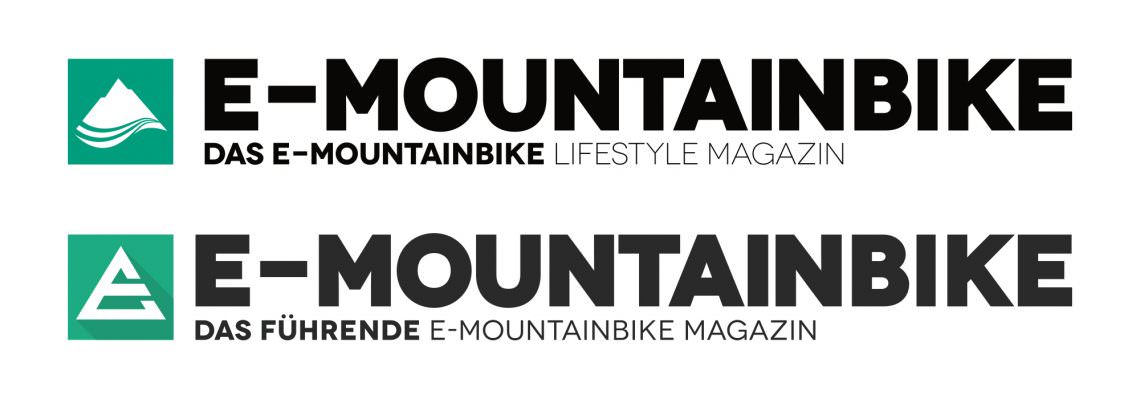
Dreams Come True
Once the E-MOUNTAINBIKE website had been up and running for a year, the first app issue of the E-MOUNTAINBIKE dropped in the middle of 2014. It was entitled ‘Dreams come true’ and it ushered in a new chapter of the history books with its progressive content. Even today, the original articles like ‘Video Killed The Radio Star’ are just as relevant. We like to think back fondly to the first E-MOUNTAINBIKE group test that we carried out with the e-pioneer Kurt Resch in South Tyrol’s Steinegger Hof – now, incidentally, one of the most popular eMTB hotels in the world.

All of the issues that came after that first one have been filled to the brim with the same enthusiasm – even this one. Sometimes you might hear cries uttered in the editorial office about a lack of new superlatives for inspirational titles, and that’s no exaggeration! We know that next year is going to get even more progressive, and that the developments will continue to astonish us. The industry is a long way from finished and is far from running out of ideas! Meanwhile we’ll just have to keep hunting through those dictionaries…

The roles of understanding and responsibility
Given e-mountain biking’s growth, it’s crucial that key figures in the industry don’t just take responsibility for their actions but also strive to consolidate sustainable development for the entire segment. As the leading eMTB magazine, we realized this really early on and have consistently fought to do our best to improve the dialogue with brands, give clarity to consumers, and make sure people are equipped to make educated decisions.

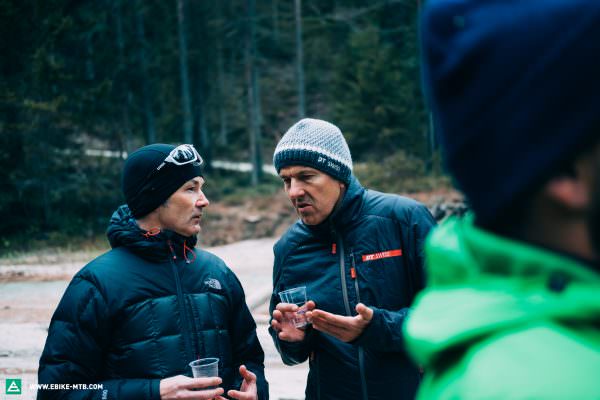
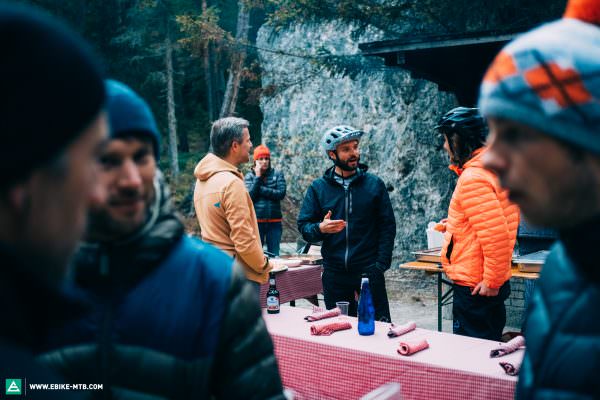
This line of thinking prompted us to host the first E-MOUNTAINBIKE Think Tank in San Vigilio, South Tyrol in autumn 2016, which confirmed just how rampant confusion and misunderstanding are when it comes to eMTBs. It was unthinkable that there were decision-makers that had little to no experience with eMTBs who were in charge of directing e-mobility towards the future. We’ve now hosted five Think Tanks in central Europe, with the most recent taking place in the UK in October 2018. The objective is the same as ever: exchange neutral, independent knowledge, provide guidance, and generate ideas. Right now, the ships are too big to steer safely without any lighthouses to guide them.

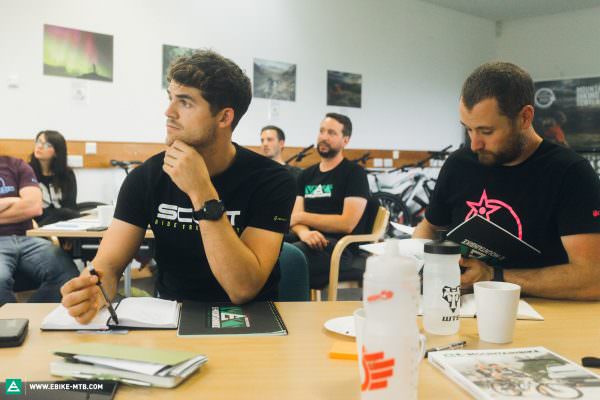
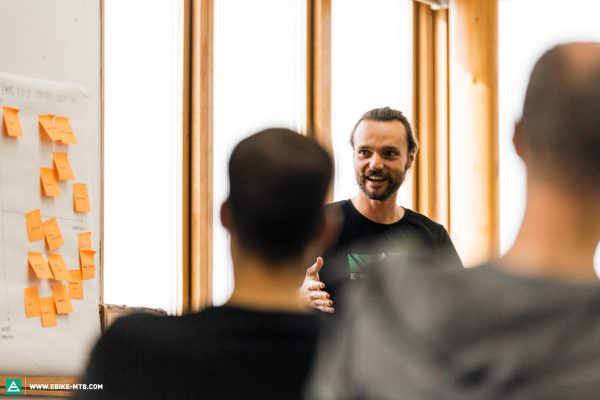
Those lighthouses go beyond the waves of the industry, and affect customers too. Think of the challenge with which you’re faced: which bike shop deserve my trust? In Germany we’ve established the ‘Top100 – Germany’s best bike shops’ programme, which sees us individually visit and scrutinize each and every shop for inclusion before curating the list on our website. It’s a big task, but worth every visit.

With eMTBs having firmly cemented themselves in the psyche of the masses, and appealing to diverse groups of people, we decided to publish the very first E-MOUNTAINBIKE print edition in spring 2018, exclusively in German. At more than 200 pages, it is a veritable coffee-table, hardback magazine for loyal E-MOUNTAINBIKE fans and beyond. With an innovative editorial approach, a multi-channel distribution and close offline-online ties, it was a real success. Perhaps unsurprisingly, the wheels are already turning for the 2019 print edition. Good news for all our international readers: there will be an English version in 2019, too!
So much history, and a whole lot more excitement in store. In the third part we’ll lay out our future projects and plans.
This article is from E-MOUNTAINBIKE issue #015
E-MOUNTAINBIKE Magazine is published in a digital app format in both English and German. Download the app for iOS or Android to read all articles on your tablet or smartphone. 100% free!

Did you enjoy this article? If so, we would be stoked if you decide to support us with a monthly contribution. By becoming a supporter of E-MOUNTAINBIKE, you will help secure a sustainable future for high-quality cycling journalism. Click here to learn more.
Words: Robin Schmitt Photos: Diverse









